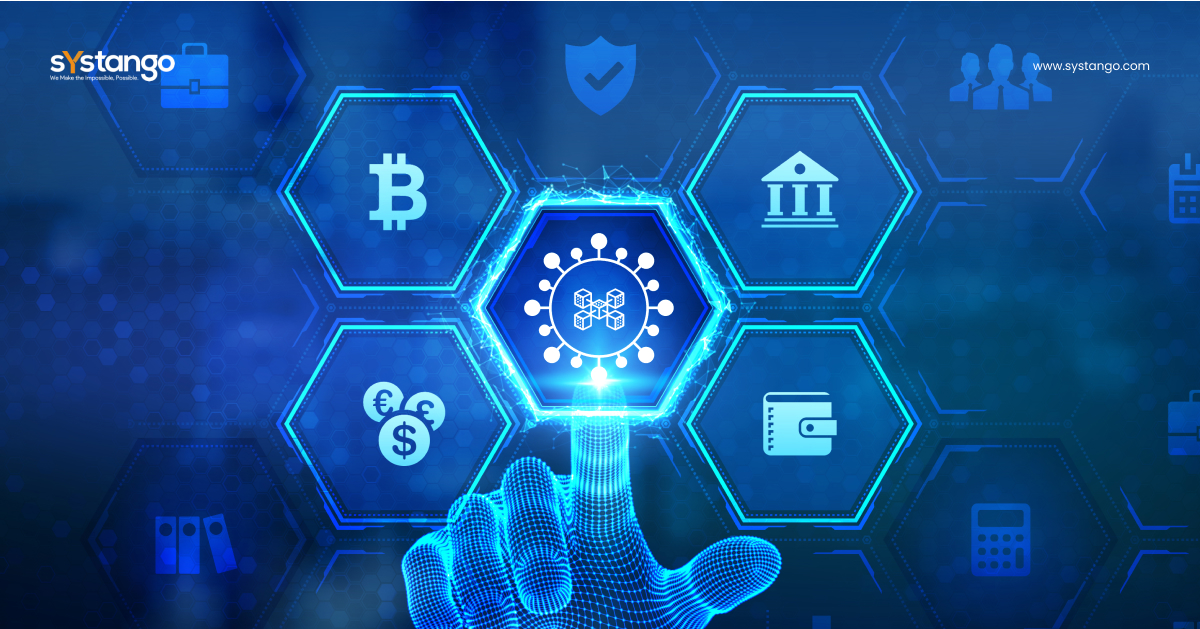How Rust is Shaping the Future of Blockchain Development

The blockchain revolution is redefining industries, and at the heart of this transformation is Rust. With its unmatched performance, safety, and concurrency model, Rust is becoming the go-to programming language for blockchain developers building the decentralized systems of tomorrow.
Why Rust is Perfect for Blockchain
Building blockchains requires addressing complex challenges like performance, security, and scalability. Rust excels in these areas, making it uniquely suited for blockchain development.
Key Features of Rust for Blockchain
-
Memory Safety Without a Garbage Collector
Rust’s ownership model eliminates memory leaks and unsafe behavior while maintaining deterministic performance—a critical factor for blockchain nodes and validators. -
High Performance
Compiling down to machine code, Rust ensures the speed and efficiency needed for high-throughput blockchains like Solana, where thousands of transactions occur per second. -
Fearless Concurrency
Rust’s concurrency model allows developers to write parallel code without the fear of data races, enabling robust and scalable blockchain solutions. -
Seamless WebAssembly (Wasm) Integration
Rust’s ability to compile to WebAssembly makes it a favorite for smart contract development, allowing lightweight, secure, and fast execution environments.
Rust in Blockchain Frameworks and Platforms
Rust is powering some of the most prominent blockchain ecosystems:
-
Substrate
The Substrate framework, developed by Parity Technologies, is written entirely in Rust. It enables developers to create custom blockchains with modular components, serving as the foundation of the Polkadot ecosystem. -
Solana
Known for its high throughput and low fees, Solana uses Rust to implement its core runtime, ensuring security and performance at scale. -
Near Protocol
Rust is a core language in Near Protocol, where it drives the execution of smart contracts and the network’s performance-critical components. -
CosmWasm
A smart contract platform in the Cosmos ecosystem, CosmWasm relies on Rust for writing secure, efficient contracts that integrate seamlessly with other Cosmos-based chains.
Key Benefits Rust Brings to Blockchain Development
- Security: Rust’s strict compile-time checks and memory safety features reduce vulnerabilities, making blockchain systems more resilient to attacks.
- Customizability: Frameworks like Substrate leverage Rust’s modular design, allowing developers to build tailored blockchain solutions.
- Developer Productivity: Rust offers an intuitive syntax, excellent tooling (
cargo), and a growing ecosystem, accelerating blockchain development.
Real-World Use Cases
Rust’s impact is evident in real-world blockchain applications:
- Polkadot Ecosystem: Facilitates cross-chain interoperability and scalable blockchains using Substrate.
- Solana Network: Powers a high-speed, low-cost blockchain suitable for DeFi and NFTs.
- Smart Contracts: Rust is widely used in ecosystems like CosmWasm for secure and efficient contract execution.
Why Learn Rust for Blockchain?
The demand for blockchain developers skilled in Rust is skyrocketing. By learning Rust, you position yourself as a key contributor to the blockchain industry, with opportunities to work on cutting-edge projects like decentralized finance (DeFi), gaming, and enterprise blockchain solutions.
Conclusion
Rust is shaping the future of blockchain development by providing the tools needed to build secure, high-performance, and scalable decentralized systems. Whether you’re an aspiring blockchain developer or an experienced coder, mastering Rust opens up endless possibilities in this exciting field.
The future of blockchain is here, and it’s written in Rust.
Comments